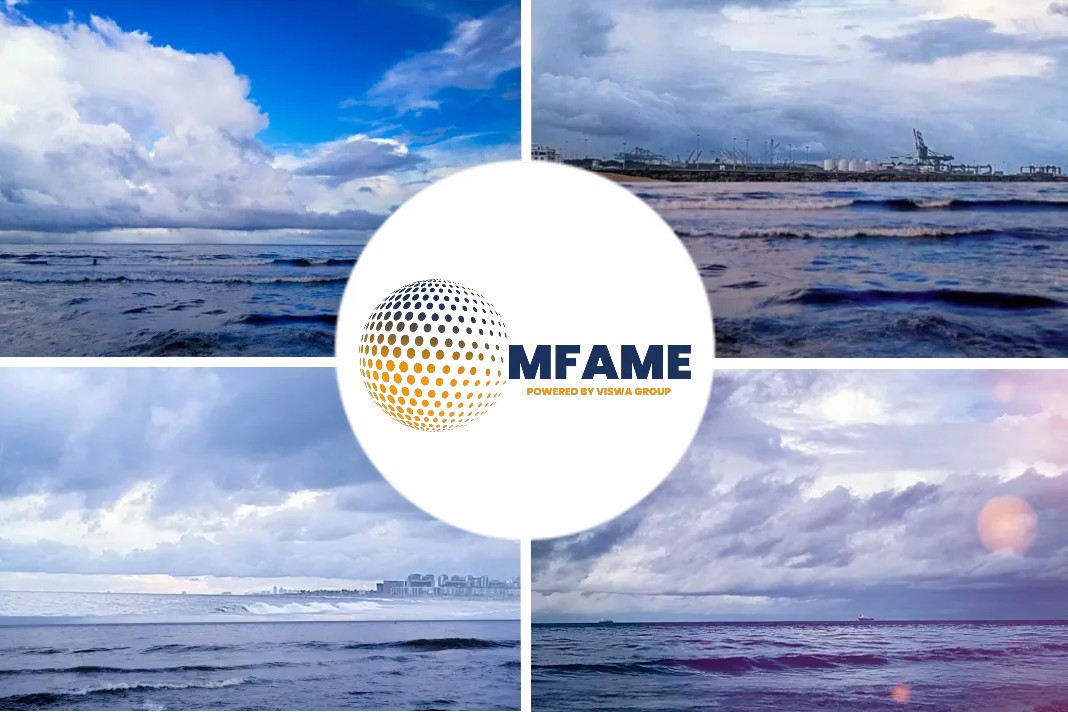1. High profits, the global energy crisis pressure majors to invest more in upstream projects
What’s happening? Shell, BP, TotalEnergies, Equinor and Eni announced over $37 billion in Q2 profits as the key Dated Brent oil benchmark neared $140/b in March before settling above the $100/b mark. Upstream production is mostly in terminal decline as the majors prioritize spending on the energy transition.
What’s next? While the majors remain committed to capital discipline, they face tough demands over how to spend their soaring profits. Pressure is now growing for them to invest more on upstream projects as the world faces an energy crisis. TotalEnergies said it would boost spending on short-cycle projects this year to help ease Europe’s growing energy supply crunch. Eni is in talks to fast-track a second floating LNG vessel off Mozambique while BP is sticking with its guidance to spend between $9 billion and $10 billion a year on its hydrocarbons business this decade.
2. Chinese solar power investments for H1 2022 almost quadrupled year on year
What’s happening? China’s cumulative power engineering investment completed for solar from January to June reached Yuan 63.1 billion, up from only Yuan 16.5 billion for the same period in 2021. The rapid investment schedule is likely due to initiating work at new large solar projects. At the end of 2021, China announced the first phase of wind and solar power projects totaling 97 GW of capacity in the Gobi Desert and other dry areas. In July, 90% of these new projects have begun construction.
What’s next? From January to June, China added 30 GW of new solar capacity, which is slightly more than double of the 14 GW that was installed for H1 2021. This trend is likely to continue for the reminder year and China could add about 85 GW of new solar power capacity in 2022, compared to 53 GW in 2021.
3. India signals entry into tight global wheat markets
What’s happening? India is mulling a reduction in import duty on wheat to keep soaring domestic prices in control. As of Aug. 4, wheat prices in India have increased around 12% on the month to $326-$345/mt amid dwindling supplies. Global wheat markets are already facing supply tightness due to the Ukraine war and weather concerns in several regions.
What’s next? If India cuts import duty and enters the global wheat market as a buyer, it could further tighten supplies and boost FOB prices across key global exporters. Global wheat prices have gained 30%-35% year on year as of Aug. 4, according to Platts assessments from S&P Global. Global wheat markets are facing supply tightness due to the war in Russia-Ukraine war and weather concerns in several origins. This development could mark a significant U-turn from a few months ago when India claimed it would export around 10 million mt wheat in marketing year 2022-23 (April-March).
4. Asia polyethylene outlook bearish on weak demand
What’s happening? Asian polyethylene prices have continued to fall in recent weeks due to weak demand and an uncertain economic outlook with prices reaching their lowest levels since January 2021, S&P Global data showed. Rising interest rates have curtailed the ability of smaller converters to take loans, while the strong US dollar is hurting importers, sources said. In India, high density PE film had been negatively impacted due to the single-use plastic ban enacted on July 1. The ban had made traders cautious about importing HDPE film and contributed to declining buying sentiment across the market. In addition, Pakistan traders were also experiencing issues in establishing letter of credits due to the country’s economic condition.
What’s next? While the outlook was set to remain bearish, sources said there could be some uptick in demand given that the Chinese government may take steps in Q4 to stimulate the economy. Meanwhile, Pakistan expects a deal with IMF in August, but even then, an improvement in the economic condition and buying sentiment there remains less likely, traders said.
5. Price gap widening between cobalt hydroxide and cobalt metal
What’s happening? Cobalt hydroxide prices have been falling since April but the international metal price fall has trailed, causing significant problems for those pricing cobalt hydroxide basis metal using the payable indicator. Because the metal price has held at a relative high, despite itself falling 38%, cobalt hydroxide remains over-priced when priced using the percentage indicator and not an independent assessment such as the Platts CIF China. Downstream consumers have been pushing out on deliveries of cobalt hydroxide given there is little demand for the expensive intermediate feedstock.
What’s next? Market participants on the sell side of the market will look for international metal prices to come down and narrow the delta with cobalt hydroxide. In-warehouse Rotterdam prices are falling as European traders sell and replace with cheaper units from China, although cobalt hydroxide prices are also coming down. The bigger picture is that cobalt hydroxide consumers are becoming increasingly restless and looking to try to move pricing of feedstocks basis cobalt sulfate – the consumers’ sale price.
Did you subscribe to our daily Newsletter?
It’s Free! Click here to Subscribe
Source: S&P Global





















